If you have ever spent serious time working or learning from a well-known professional photographer, then you will come to realise that some of them barely ever take a bad photo. While it can be a little disheartening to see the shots from an afternoon and know that their worst shot is better than your best, it also means there is a technique to the craft that can be emulated. In my experience, the people who take constantly excellent photos have a few characteristics and follow a few rules that set them apart from many other photographers. Here is what I have witnessed.
Published: Jan 5, 2010
Updated: Nov 13, 2018 – fixed broken images.
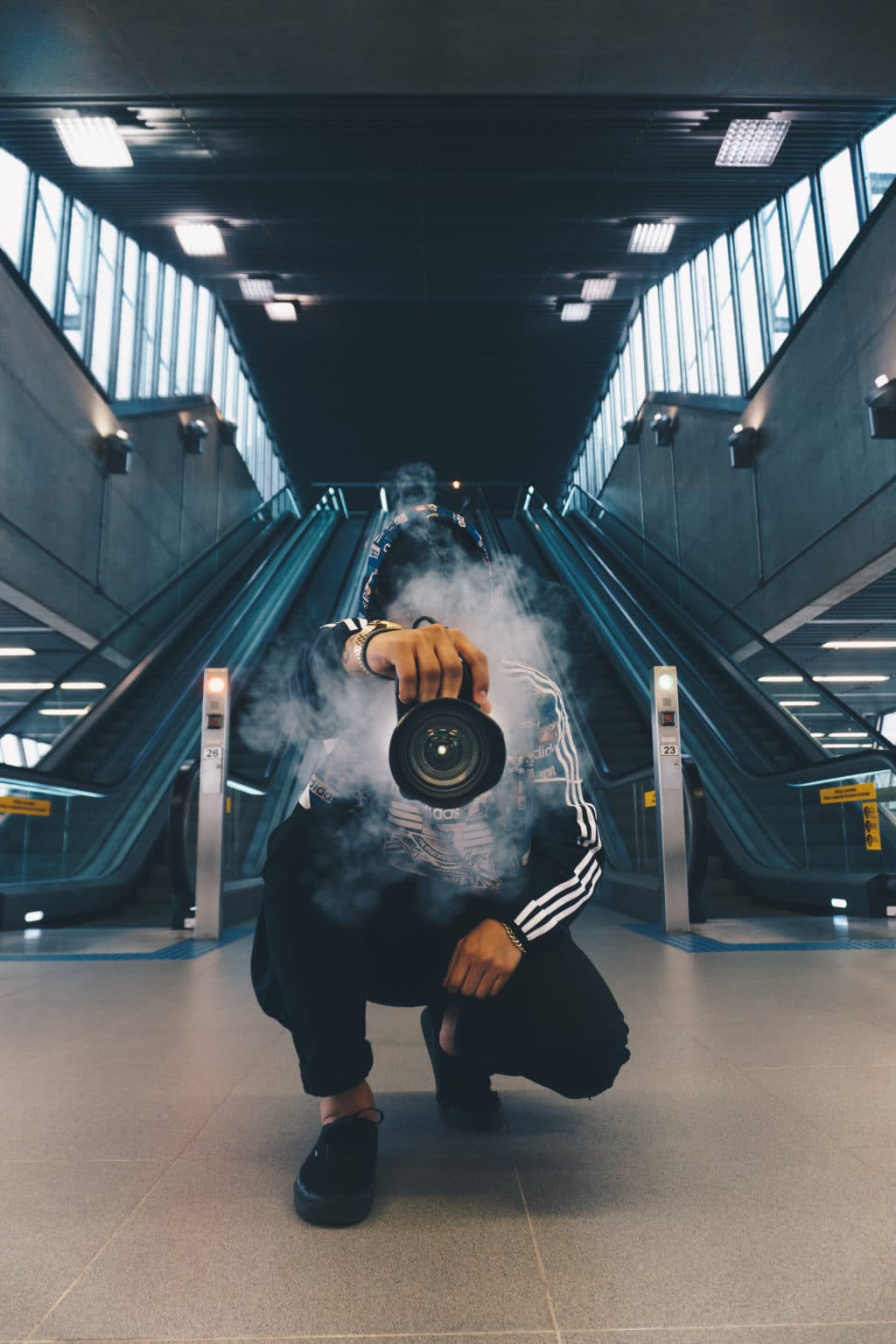
They Know Their Camera – Most folks I have seen whose skill I want to copy know their camera like the back of their hand. Without taking their eye from the viewfinder they can switch back and forth from auto-exposure bracketing, white balance adjustments, ISO, aperture and whatever else their weapon of choice can do. Usually, this is a result of them having used the same gear for years and practiced so much that adjustments on their camera become a reflex. A great piece of advice for amateur photographers with a new DSLR is to sit down and read the instruction manual from cover to cover!
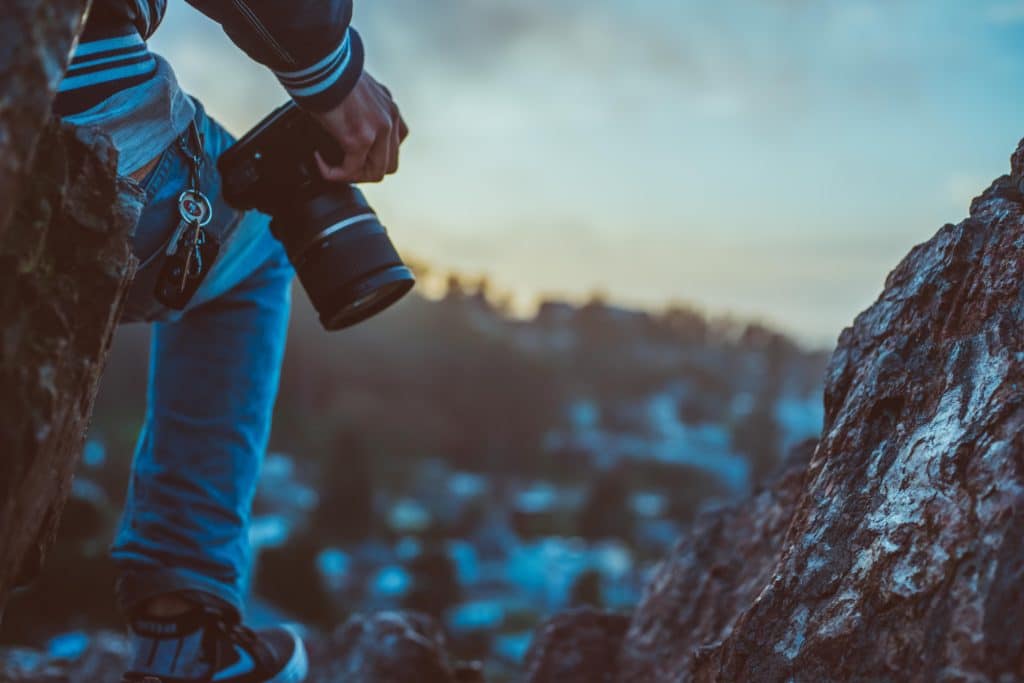
They Pre Plan – On the way to a shoot, these photographers are already thinking about (and probably chatting to their assistants about) the conditions they expect to be shooting under. That means they take the right selection of gear and know exactly what to do when they get there. If they are not sure about the shooting conditions, they will often plan according to a variety and take appropriate gear. I spent many train trips in Japan (as a photographer’s assistant) simply listening to my boss tell me about what the shooting conditions would likely be and how we should react to them.
They Know the Theory – A big part of what allows these people to pre plan their shoots is knowing what type of shooting situations require which type of reaction. Knowing that indoor fluorescent lighting will give a green tinge to most photos means you can adjust white balance setting on a camera accordingly. Knowing that photos of lightning are best taken at 100ISO with a tripod gives you an advantage when that situation rolls around. Knowing how to react to challenging shooting conditions allows such folks to pre-plan their shoots. The easiest way to get to know the theory behind photography is to read everything you can get your hands on about the subject.
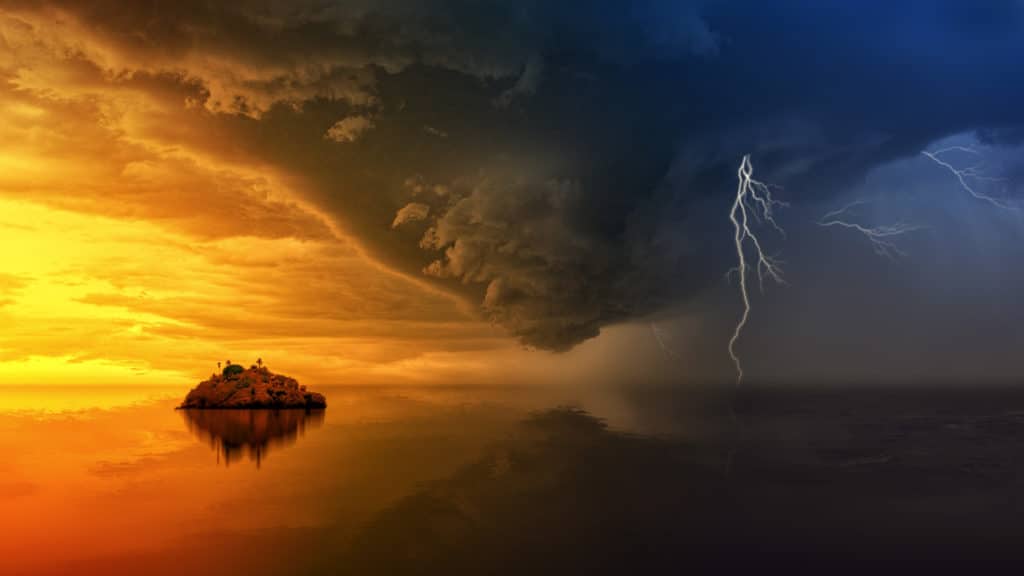
They Get Close – Good photographers (usually) fill the frame with the subject. There is a reason that the first three rules of photography are “Get closer. Get closer. Get closer.” This might be generalising a little (landscape photography, for example, doesn’t require strict adherence), but when shooting a subject or person, these photographers get up close and personal. There is a reason that paparazzi get so close and jostle each other – good people shots require as much proximity as possible.
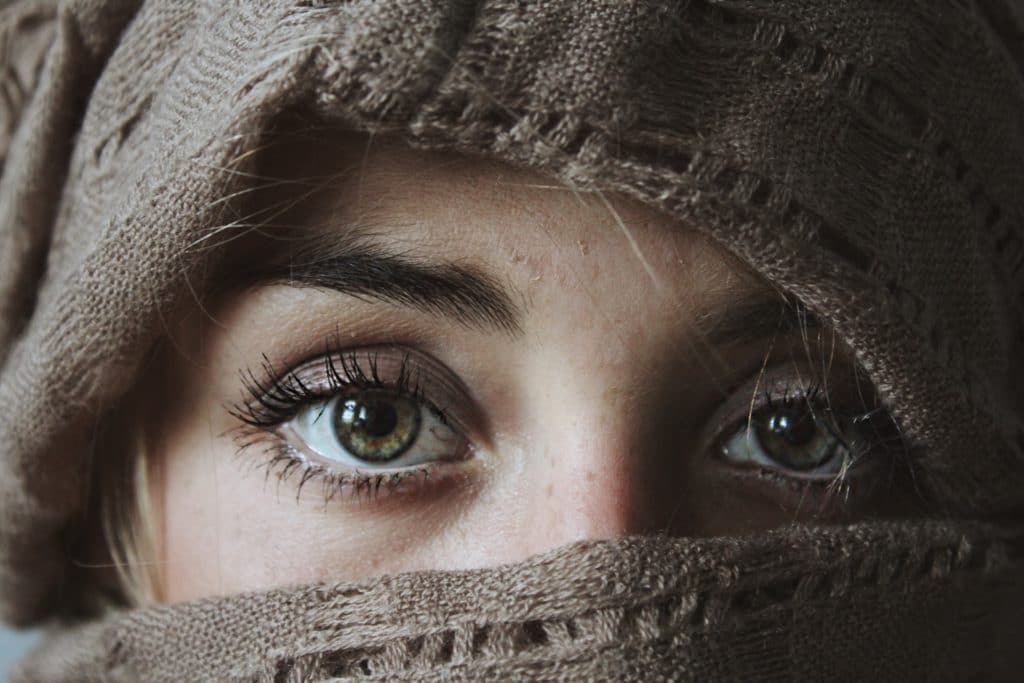
They Know Post Production – Whether they shoot on film or digital, these folks know how to get the most out of the post-production process. That might mean burning and dodging in a darkroom or masking and correcting levels in Photoshop, but these guys have a solid understanding of what makes a great picture and they usually have an efficient workflow to back that up.
A lot of this comes down to a combination of two factors. Education and practice. Now education is what you make it – from reading websites like this one to buying and reading photography books and guides all the way through to going to photography colleges. Practice is pretty straightforward. How close you get to being able to emulate those folks who can take a great picture every time really depends on how much time you are willing to put into these two things.



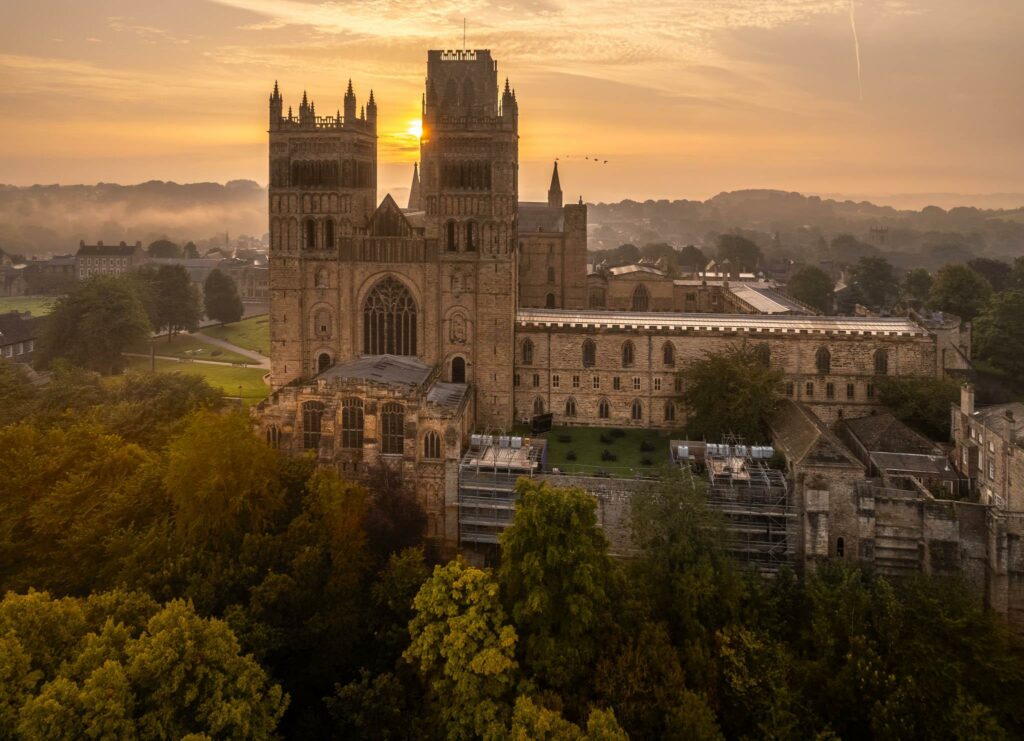
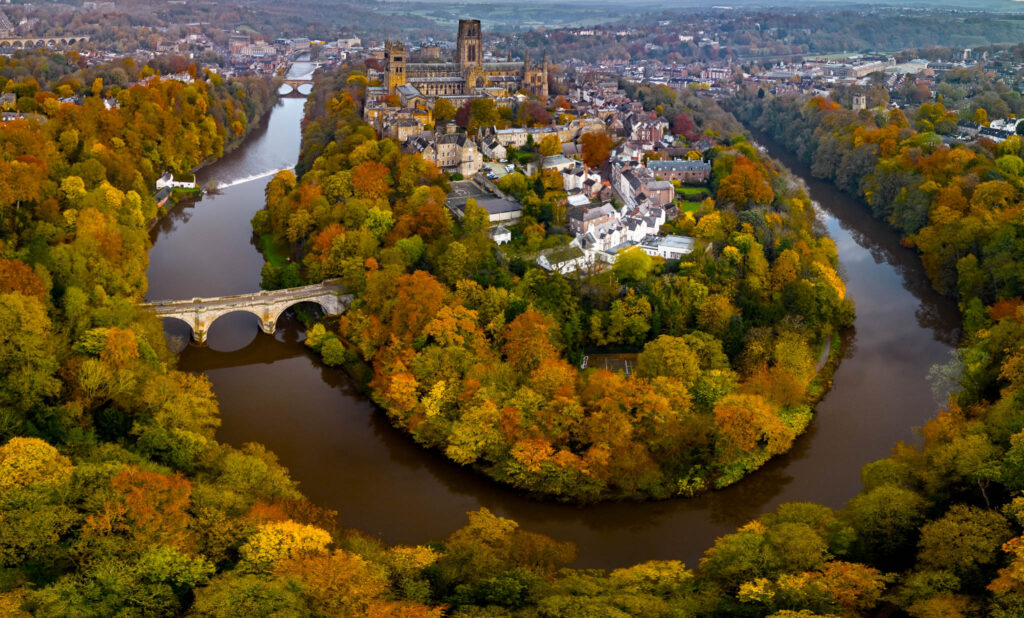
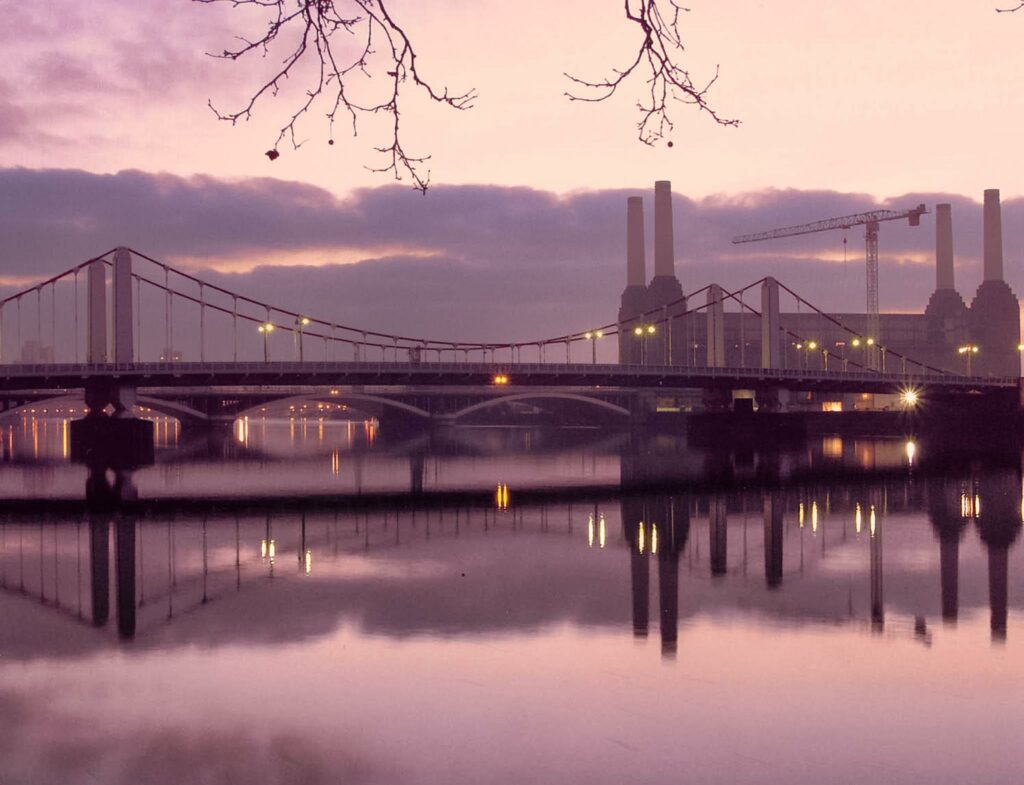
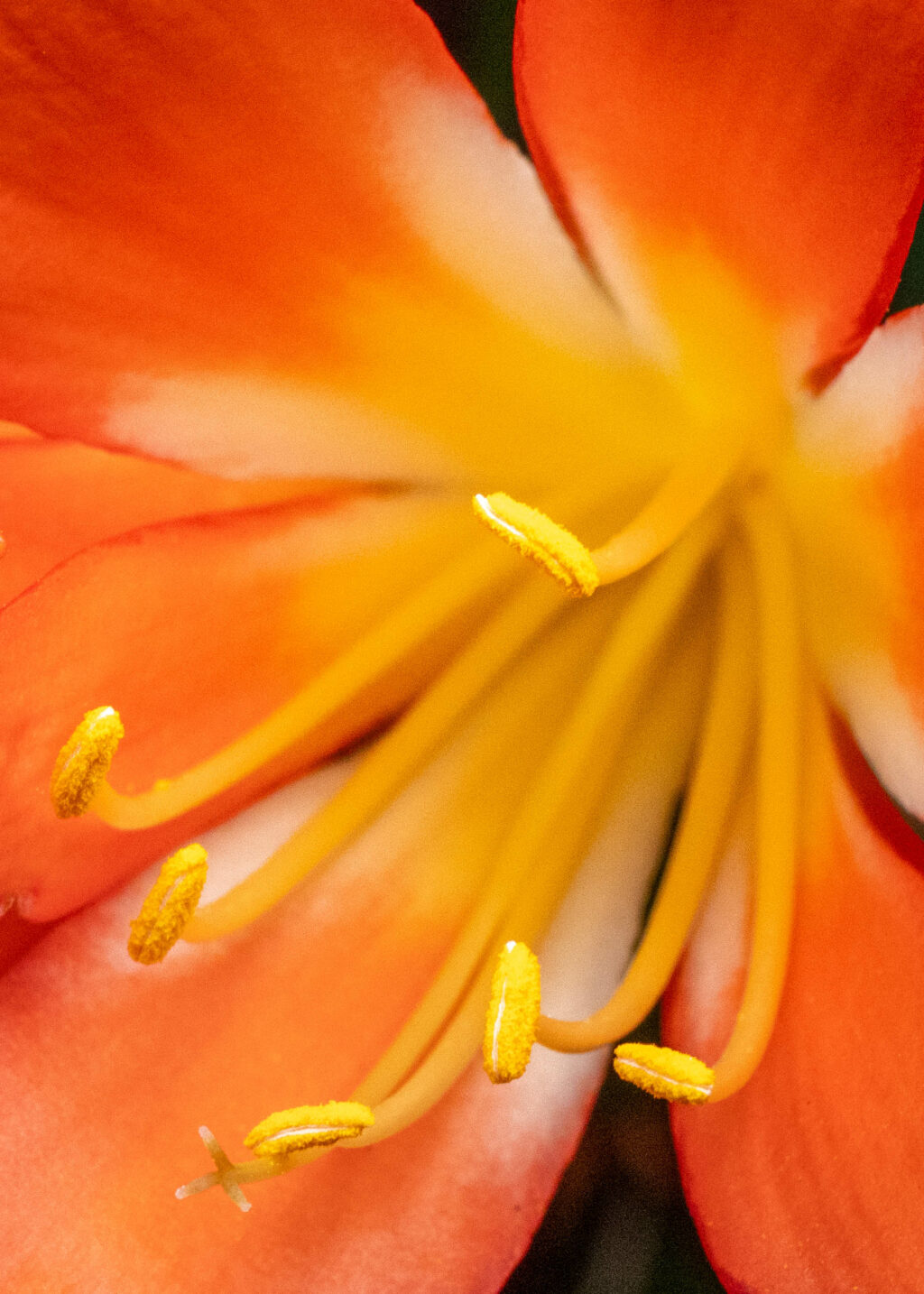
37 Comments
This is a great article. I try to instill some of these basic fundamentals in my photography students, but it takes me way too long to say all the things included here in a nice succinct list. Thanks. (BTW, The Twitter-direct comment system seems to work fine.)
This is good stuff and a great reminder that we are all capable of great photography.
Great tips. I already have started implementing some of these suggestions into my approach to photography. Maybe one day I'll be great.
Very interesting post! This site is very useful!
Some very poignant advice. This may all sound very basic, especially to experienced photographers, but it's all very true. It pays to follow each and every one of these habits. Back to the experienced photographers…we sometimes forget. So even though I've been shooting for 15 years, it never hurts to brush up on some theory or sit down with the camera manual.
Great post. THanks.
Great advice!
Couldn't agree with you more. Especially about the “up close and personal.” I know that by getting intimate with a subject I am allowing not just myself to really know them but giving my viewers the opportunity to know this individual as well.
Professionals tend to have a little something else don't they? I was once on a shoot with Sebastiao Salgado. We were in a family's house (a mud and straw hut really) in Somalia. He took my mini “i-zone” Polaroid, spent a couple of seconds framing the shot, and snapped a photo of the family inside. It was the most beautiful 1.5 X 1″ photo I've ever seen.
This is true, of course, but it´s only the technical point of view. What about inspiration, what about respect to the people while getting “closer”, what about building up confidence, warmth (you see it in their eyes – or not)? What about talent?
The portrait of the lady is very much accentuate with great expression and its a great capture..Thank you for a wonderful article..
“The easiest way to get to know the theory behind photography is to read everything you can get your hands on about the subject.”
I'd like to add that reading will get you part way there. You need to get out and shoot as much as possible. Nothing takes the place of hands on trial and error.
I really agree with knowing your camera well. In many instances in the past, if I could not change several settings on my camera almost without looking, I would not have been able to get those shots. Which means it helps to get a camera body that has dedicated buttons for things you will be changing most.
I have several hobbyist photographer friends and what often holds their shots back is the lack of post skills, especially with regards to contrast.
And yes, there is nothing like getting close for portraits. I find the above mentioned friends are also hesitant to crop off the top of someone's head.
Great article,
I agree with every word. All that I know and learned was from reading books and websites like these.
Great work thanks a lot
Wonderful read. As a newbie DSLR owner, I’m hanging on to every word you say! My passion is food photography. Thank you for sharing the knowledge so whole heartedly!
Thanks for this great advice. As an amateur with not so secret aspirations to one day be a professional photographer, they are important to read. I know I have a great deal more to learn and look forward to the day I can devote time to it (especially digital post-production and RAW).
I might add two other pieces of advice, given to me by my first photography instructor:
1. Take detailed notes. You can’t learn from what you’ve done if you can’t remember all the settings that led to the photo. I have trouble following this as it requires taking the time to pause.
2. “You’re lucky if you can get 1 excellent photo from each roll of film”. Looking at professional photographers’ contact sheets show you that even with all the pre-planning most of their shots are not of the same caliber if their famous, widely seen photos. We see the great images and imagine that all of their photos are. More often than not, this is not the case.
Thanks, again!
This is a great article. The hot air balloon shot is mine that you posted so not sure why it says the photo was taken by Christolakis. Please correct that.
Hi Seattle, Aweome shot and sorry for that mistake. The link was correct, but for some reason we got the name wrong. I have corrected that one, so thanks for bringing it to our attention!
This article is great, and it applies to many fields in addition to photography.
While I’m pretty marginal as a photographer, I remember similar cases when I was co ing up as a musician. I would play along side my teacher, and he would always sound great, whether it was in an Orchestra in Carnegie Hall, or the crummiest little band – it didn’t matter to him, he just always sounded top notch.
This gives me something to think about in my picture taking.
Great job.
“…you will come to realise that some of them barely ever take a bad photo.”
I’m sorry but this is very naive. True that good photographers actually know what they are doing (the rest of the article) but very naive to suggest that “some people almost always take awesome photographs”.
It simply is not true.
Actually, it is.
A friend who is a pro photographer said to me one day “The difference between an amatuer and a pro is that a pro never shows anyone his bad shots”.
Great tips, thank you.
Ha! Love this one, Kirk. And I believe this, too! Great 🙂
After 38 years invoved with photography I can still learn something new. Thanks for the lightning tip guys, well done! Keep up the good work, it’s appreiciated.
Good article.
quote : “There is a reason that the first three rules of photography are “Get closer. Get closer. Get closer.””
I thought that the first three rules where : ” Use a tripod, Use a tripod, Use a tripod”. But I thing that would depend on the subject 😉 (I prefer landscapes and abstract).
I think any kind of pictures are amazing. Every single picture taken in this world means something. They all share memories of once wonderful things and they mean that we once existed:) Its just so amazing to have pictures of family members and remember all the real great things in life.
The best description I’ve ever been given of what sets the great photographers apart is this:
“See the image in your mind, then make the camera obey.”
and then read your manual again. I still find things years later that now I understand, but in the beginning I didn’t quite get it. Wonderful post
Thank you for these great tips. Very helpful and insightful.
Excellent article, basic, but important, know your camera, plan your shots, develope technique, processing, get educated.
Great article. There’s one thing I think is missing though and thats Selection. I do a ton of picture research and these days it’s almost too easy to put almost every shot up (and some do) without being really objective over it. Personally for anything to go on my website i have to be super happy with it, even if I am I will relook at it later on: if it’s not in my mind what I had set out to do then I’ll happily bin it. Know your camera but know how to select too.
Fully understand you, I made my blog but isn’t so good as yours
It is important that you practice with your equiptment when it doesn’t count. Too many people don’t do that & are stuck with their instruction manual when a great shot comes along. I heard somewhere that Luck = opportunity + skill. It makes sense to me!
Rob, your underlying advice could be portable to so many skills people want to master! Also I like how your approach to combining education and practice.
great article…
This has very useful information, especially knowing your camera, shooting conditions and practice however saying that some hardly ever take a bad shot is misleading at best. You see the final result of taking many shots, some good some not so good – and selecting only the best ones to use.
I teach short course photography classes mostly to people stepping up to DSLRs.
The best advice I have which is mentioned in part above, slow down, look and think first, lift the camera, move your feet, bend your knees. Then and only then press shutter.
Good article, but nobody takes only exclusively brilliant photographs, the difference is that a good photographer will take lots of photographs of the same thing, and then weed out the not-so-good ones.